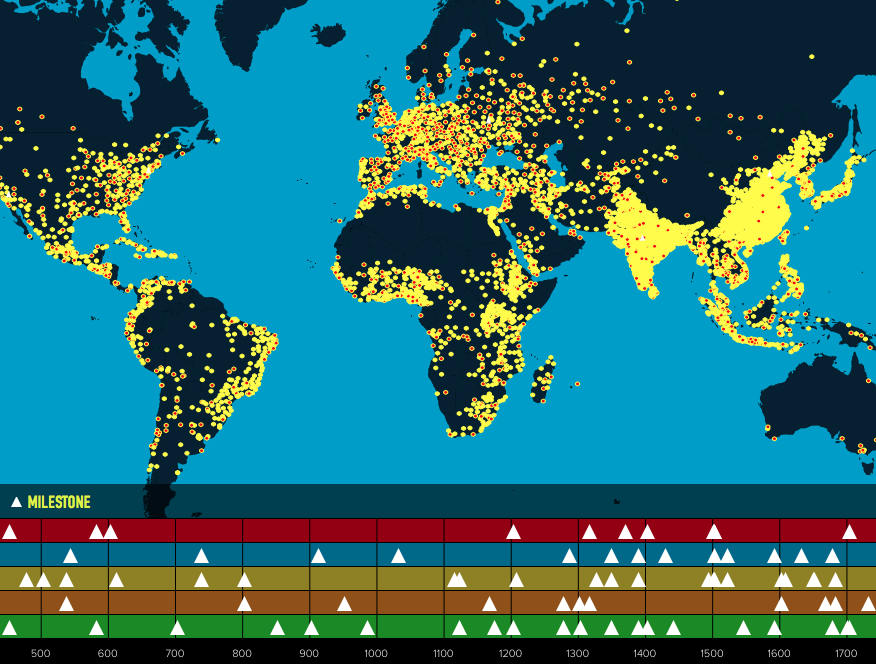The world population has been increasing rapidly over the past few decades. This growth is mainly driven by improved living standards, medical advancements, and access to education. According to the United Nations, the world population is projected to reach 8.5 billion by 2030 and 9.7 billion by 2050.
The rapid growth of the world’s human population has created several challenges. Overpopulation leads to environmental degradation, food scarcity, poverty, and resource depletion. With the growing population, the demand for food, water, and energy increases, which puts a strain on natural resources. It has also caused pollution, resulting in climate change and global warming.

Image Source: Google
In addition, the population growth has placed immense pressure on the healthcare system. With limited resources and a rapidly increasing population, healthcare facilities are unable to meet the demands of the people. This has caused a rise in health problems such as infectious diseases, malnutrition, and infant mortality.
The government of various countries has taken steps to reduce population growth. These include education and awareness campaigns, family planning measures, and improved access to healthcare facilities. In addition, the government has also taken steps to reduce poverty and provide better access to education.
In conclusion, the rapid growth of the world population has created a number of challenges. It has caused environmental degradation, poverty, and resource depletion. However, steps taken by the government can help reduce population growth and address the challenges associated with it.
